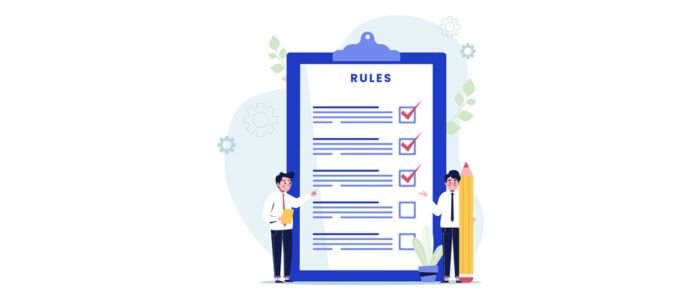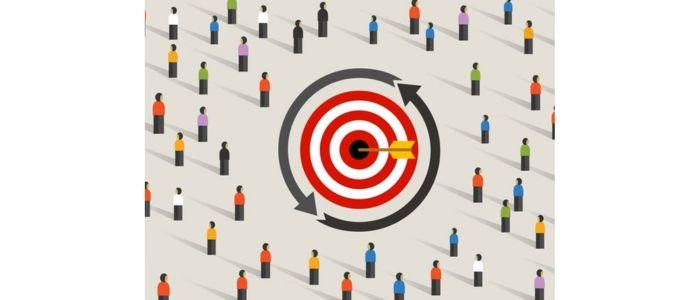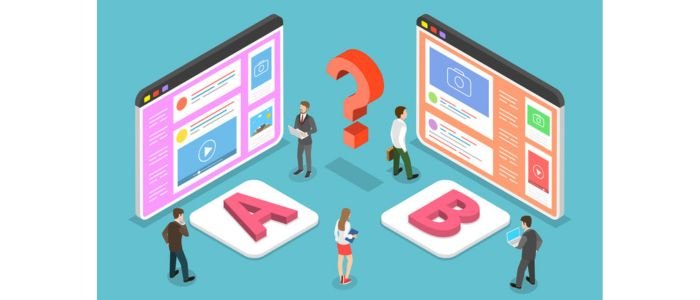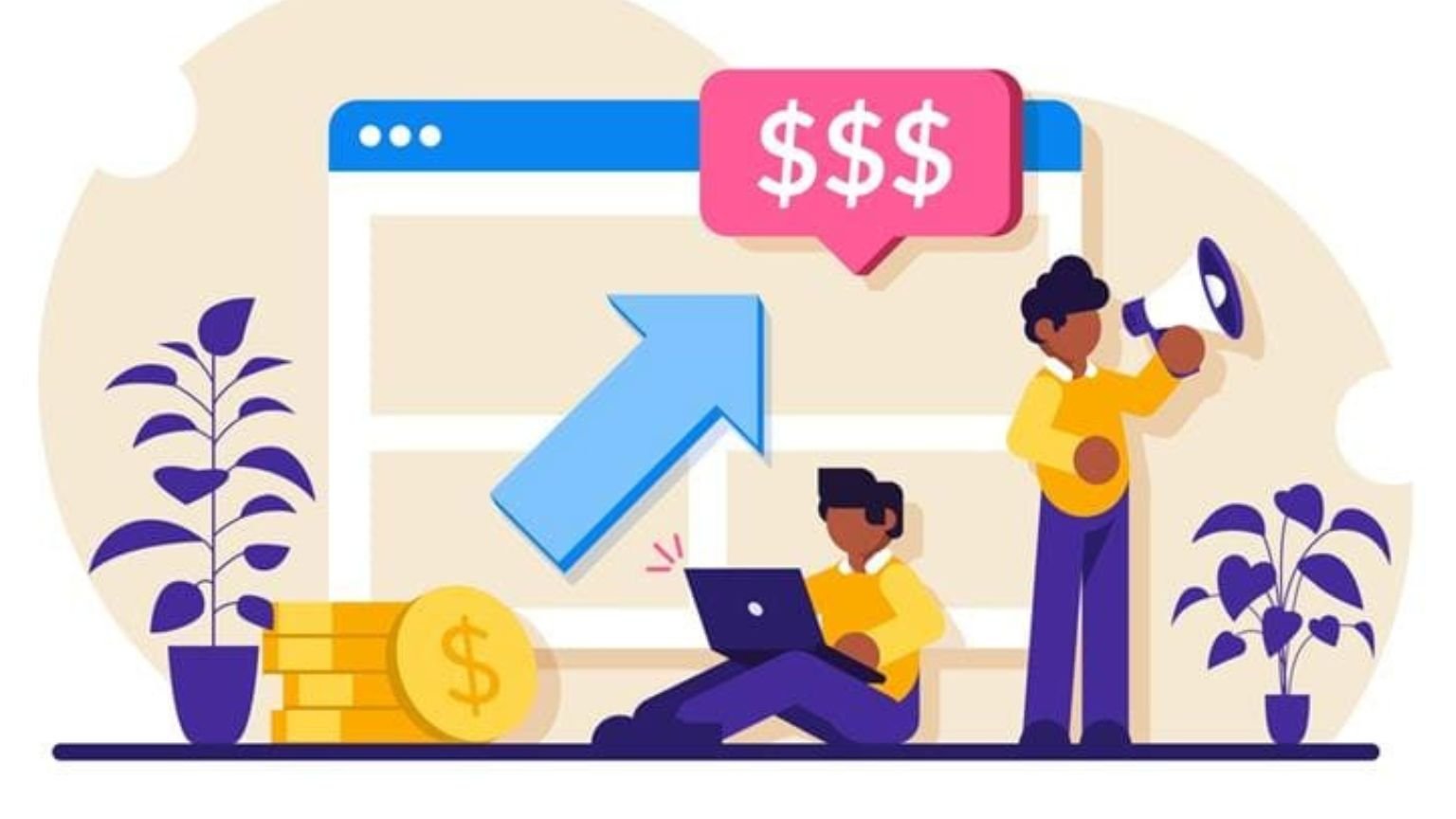Why PPC Campaigns Matter in Addiction Treatment Centers?
PPC marketing is an effective strategy for addiction treatment centers. It connects people with recovery centers who need urgent help. PPC campaigns are designed to drive live phone conversations. This matters since addiction recovery is driven by decisions made by patients or their families, is time-sensitive, and deeply personal. When a person picks up the phone to call, they are not only browsing for general information, but they are ready to take action and want support.
The high intent of inbound calls sets them apart from web form leads. In addiction treatment advertising, every call means an opportunity to guide a patient toward admission, answer pressing questions, and provide reassurance. It results in shorter sales cycles and higher conversion rates. PPC marketing ensures that recovery centers focus their resources on qualified leads, and patients and families get the support they need.
Understanding the PPC Campaigns in Addiction Treatment Marketing
The PPC model is a performance-based marketing strategy where addiction treatment facilities only pay for qualified inbound calls generated by advertising campaigns. Treatment centers are directly connected with people who are looking for help. Calls are routed via trusted advertising networks, which use various channels, like landing pages, social media, or search ads, to motivate patients or their loved ones to call. For treatment centers, this strategy gives a clear benefit: every dollar spent is stitched with genuine conversations with high-intent callers. Phone calls allow employees to engage immediately.
This urgency creates a supportive environment, builds rapport, and increases trust at the right moment when the patient wants to act. Calls drive higher admissions consistently since addiction recovery decisions are emotional and urgent. When someone dials in, they are looking for reassurance for a loved one, insurance verification, and instant placement. By meeting callers with guidance and empathy, treatment facilities can improve their admission rates dramatically and ensure that help reaches those in need.
5 Practices for Using PPC Campaigns in Addiction Treatment Marketing
Launching PPC campaigns for addiction treatment centers is directly tied to people’s lives, highly regulated, and sensitive. To become successful, recovery centers must design campaigns that connect with the right callers, are ethical, and compliant. Below are essential components of setting up and managing PPC campaigns for addiction treatment centers.
I. Ethical & Regulatory Compliance

Compliance is the first and most important element in addiction treatment marketing. Failing to follow rules can permanently damage the trust of families seeking care and also result in account suspensions and fines.
LegitScript Certification
- LegitScript certification is required by Google Ads and Facebook Ads for rehab marketing.
- It is time-consuming, but it makes campaigns more sustainable and filters out fraudulent recovery centers.
- Proves that the treatment facility is operating ethically, legit, and licensed.
- It involves providing operational proof, staff credentials, and business licenses.
Transparency & Honesty in Messaging
- Transparency reduces skepticism and builds credibility among patients and families.
- Being clear about limitations saves wasted calls.
- Clearly outline available services.
- Never guarantee or promise success rates.
Avoid Patient Brokering
- Work with reputable networks only or in-house campaigns.
- Always generate calls via compliant channels.
- It is unethical and illegal under state and U.S. federal laws.
- Patient brokering = selling/buying patient leads for profit.
Respecting Privacy with HIPAA Compliance
- Trust is built when patients know that their privacy is safeguarded.
- Call tracking systems must secure caller information without breaching compliance.
- Employees must be trained in HIPAA regulations for handling sensitive data.
- Each call could involve PHI (Protected Health Information).
Empathetic Messaging
- Use compassionate and supportive language.
- Avoid fear-based ad copies.
II. Targeting the Right Audience
Campaigns fail if they don’t reach the right audience. Addiction treatment ads should connect with people in the moment of need and when they want to act.
Identifying High-Intent Callers
- High-intent callers = better ROI and higher admissions.
- Callers likely to convert are:
- People asking about insurance payment/coverage options.
- Family members looking for instant rehab placement.
- People seeking treatment for themselves.
Geo-Targeting for National and Local Reach
- Localized targeting has higher conversion rates.
- National targeting works for treatment facilities offering travel programs, but requires extra budget.
- Geo-target campaigns by region, state, or city for better results.
- Patients usually prefer treatment centers near home for family support.
Filtering Out Low-Quality Leads
- Software tools and networks can pre-qualify calls to reduce waste.
- Use filters to avoid wasted budget.
- Exclude calls from: repeat callers not seeking treatment, people looking for free rehab, and job seekers.

III. Using Keyword Strategy
The right keyword strategy can make a PPC campaign. Addiction treatment ads must center on high-intent searches and exclude irrelevant traffic.
High-Intent Keywords
- General keywords bring volume but low-quality leads.
- Use specific terms and long-term keywords to drive serious callers.
Negative Keywords
- Update negative keyword lists to refine traffic.
- Prevent wasted spend by filtering out irrelevant searches.
Local & Geographic Targeting
- Exclude locations outside your service area to prevent wasted ad spend.
- Add state-specific terms.
- Use ‘near me’ keyword variations for local leads.
- Focus on areas where your addiction treatment center can admit patients realistically.
IV. CTA (Call-to-Action) & Ad Creative
The ad creative is the deciding factor in whether the person picks up the phone and dials the rehab’s contact number. Messaging must inspire compassion, urgency, and trust, all within the lines of an ad copy.
Crafting a Compelling Ad Copy
- Avoid jargon, and keep the copy direct and empathetic.
- Include trust signals, like confidential support or a licensed facility.
- Be clear about what you offer.
Strong CTAs
- Place CTAs in both descriptions and headlines for maximum impact.
- Calls work best with action-driven and urgent CTAs.
Ad Extensions to Boost Calls
- Extensions increase call volume and make ads more interactive.
- Sitelink extensions highlight services, like outpatient, inpatient, and detox.
- Location extensions show the address for local trust.
- Call extensions allow users to directly dial from the search ads.
V. Retargeting Campaigns for Hesitant Callers
Most patients take time to compare treatment centers before reaching out, discuss options with family, and process the decision. Retargeting campaigns allow you to keep your treatment center visible during this decision window, ensuring that your treatment center is top-of-mind when they are finally ready. By running retargeting campaigns, treatment facilities can guide them towards the next step and reconnect with hesitant callers.
Why Retargeting Works in Addiction Treatment Marketing?
- This builds trust and familiarity, which is important in sensitive industries.
- It ensures visitors who did not call see soft reminders across platforms.
- Addiction recovery decisions are usually delayed and are emotional.
- Provides multiple touchpoints.
- Keeps your treatment center ahead of competitors who could be advertising as well.
- Boosts conversion rates by re-engaging warm leads.
Best Practices for Retargeting Campaigns
- Visual ads with compassionate messaging motivate reconsideration.
- Retarget with Facebook, Instagram, or Google Display Network.
Segment Audiences
- Customize ad copies to where they dropped off.
- Design separate campaigns for people who visited the website but did not call and for those who abandoned a form.
Frequency Control
- A few well-placed impressions per day feel supportive and not aggressive.
- Avoid overwhelming users with too many ads.

Optimizing PPC Campaigns with Analytics, Tracking, & Conversions
Creating a well-targeted and compliant PPC campaign is the first step. To enhance results, addiction treatment facilities must refine their approach and monitor performance. Tracking analytics and tools, and conversion-powered strategies ensure that every campaign leads to meaningful admissions and generates calls. Below are the key elements of optimization that separate high-performance campaigns from average ones.
1. Analytics & Call Tracking
Tracking calls is important in addiction treatment marketing. Without knowing which ad placements or keywords are generating quality calls, recovery centers risk missing opportunities and wasting budget.
Why Call Tracking is Vital?
- Advertisers can check on what is working and cut spending on low-performing placements.
- This visibility helps recovery centers spot which marketing channel is delivering the highest-intent callers.
- Call tracking software attributes every call back to its initial source.
Valuable Data from Call Tracking
Data ensures the campaign aligns with actual caller patterns and provides a clear picture of audience behavior. Latest call tracking tools capture different insights:
- Device Type: Confirms the number of calls is coming from a desktop or mobile.
- Geographic Location: Shows where callers are based, helping refine geo-targeting.
- Time of Day: Reveals when high-intent callers are mostly active.
- Call Duration: Longer calls mean stronger intent and high-quality conversions.
Analyzing Transcripts & Call Recordings
- Different call tracking platforms provide transcripts and recordings of calls.
- These insights can transform admission processes and marketing.
2. Optimizing the Campaign
After the data is collected, the next step is to refine campaigns. Optimization includes reworking elements, adjusting, and testing to improve conversions and call quality consistently.
A/B Testing

- Continuous testing ensures campaigns evolve with audience needs.
- Test different CTAs, headlines, and ad copies to find the highest-performing blends.
- Comparing results shows which messaging resonates with callers the most.
Ad Scheduling
- This increases admissions and prevents wasted spend on unanswered calls.
- Schedule ads to run during hours when the admissions staff is available to answer.
- Use analytics to find out when calls mostly convert.
- Peak hours occur on the weekends or evenings.
Landing Page Optimization
Many ads navigate users to the page before they make the decision to call. Key factors of high-performing landing pages are:
- Minimal Distractions: Avoid clutter and keep text concise.
- Trust Signals: Add testimonials, SAMHSA references, and accreditation logos to build credibility.
- Mobile-First Design: Since searches usually occur on phones, landing pages must display correctly on smaller screens and load quickly.
- Clear CTA: Ensure CTA buttons are prominent above the fold.
3. Crafting Effective Call Campaigns
A well-optimized ad gets a person to call. But what usually happens during the call determines if the lead turns into an admission. Campaign setup should include planning for the caller’s experience when they are on the line.
Writing Compelling Call Prompts & Ad Copies
- Avoid overly pushy or clinical language, and focus on reassurance and support.
- Use empathetic language that speaks to the caller’s situation directly.
Optimizing IVR (Interactive Voice Response)
- Avoid long recordings; they can frustrate the callers in urgent situations.
- Keep menu options relevant and short.
- A simple and clear IVR system routes callers efficiently.
Call Routing Best Practices
- Ensure backup systems are working so that no call goes unanswered.
- Use geo-routing to connect callers with the closest recovery center when various locations are available.
- Route call based on caller intent.
The Human Element in PPC Campaign for Addiction Treatment Marketing
The real conversions start when a real human voice answers the call. Addiction treatment calls are the moments of crisis when lives and families are hanging in the balance. A trained intake team, efficient processes, and empathetic communication determine if the caller moves on to the next number or chooses your recovery center.
Sensitivity & Empathy

Callers are desperate, overwhelmed, and frightened. The admissions team should approach every conversation with understanding, patience, and empathy. An empathetic response can be the deciding element in whether the caller stays engaged and builds immediate trust. This means:
- Meeting callers where they emotionally stand, whether they are just exploring options or they are ready for treatment.
- Avoiding clinical or judgmental language.
- Using a reassuring and calm tone.
Intake Team Training
The success relies on the people answering the phone. Intake teams must be trained in crisis communications and admissions processes. Training must include understanding how to balance compassion with professionalism, building trust quickly, and active listening. When teams know all about insurance processes and treatment options, they can reduce hesitation and guide callers with confidence.
Fast Response Time
Callers who have to wait for a response or are put on hold usually call another recovery center or hang up. Calls should be answered within 3 or 4 rings, and after-hours calls must be routed to a trained answer service or a counselor. Delayed responses mean a lost opportunity.
Seamless Hand-Off to Admissions
After the caller decides to move forward, the transition to the admission process should be efficient and smooth. Admissions staff must collect details, introduce the admission team, and verify insurance without forcing the caller to repeat data. A seamless hand-off reassures the caller that they are in good hands, builds trust, and reduces frustration.
Missed Calls & Insurance Verification
Insurance verification determines if a person can get treatment. Having a streamlined process and clear scripts for collecting insurance details ensures fewer lost leads and faster approvals. Recovery centers must reduce dropped calls. Systems must be in place to return missed calls within minutes, and each unanswered call is a missed opportunity.
Handling Objections & Scripting
Scripts give intake teams a path for guiding sensitive conversations. Effective scripts must be designed to reduce the caller’s anxiety, conversational, and flexible. By looking at these concerns, the admissions team can keep the conversation moving toward admissions and respond confidently. Common objections intake teams should be prepared to handle are:
- Skepticism about program effectiveness.
- Fear of leaving work or home for treatment.Concerns about insurance coverage and cost.
Choosing the Right PPC Partner or Network

Another best practice for addiction treatment marketing is working with a PPC partner or network. Even the best intake processes, ad copies, and targeting need extra support for scaling. A trusted partner can connect treatment facilities with high-intent callers who are already looking for help.
Direct Publishers vs. Affiliates
- Direct Publishers: Work with fewer sources, which are easier to vet and are more consistent.
- Affiliate Networks: Provide access to various publishers, but lead quality can vary. Ensure to monitor, and it is good for scale.
Questions to Ask Before Signing Up
Before committing, treatment facilities must ask:
- How is compliance monitored?
- What is the average call duration, and are they pre-qualified?
- Are calls shared or exclusive across different treatment centers?
- How are calls generated and what channels are used?
What to Look For in a PPC Network?
Addiction treatment is an extremely regulated industry, so choose a partner that has:
- Consistent call volume with quality filters to reduce irrelevant or spam calls.
- Transparent traffic sources.
- Strong compliance record and reputation.
Conclusion
PPC campaigns for addiction treatment marketing are mainly about creating a lifeline for individuals who are looking for hope in their most vulnerable moments. Success comes from merging seamless intake processes, empathetic messaging, smart targeting, and compliance into a system that works consistently. When each conversation, keyword, and ad reflects trust and compassion, treatment facilities can build credibility that lasts well beyond the campaign and drive admissions.
FAQs
How do treatment facilities track PPC campaigns?
Most treatment facilities track PPC campaigns by using call tracking software that measures call outcomes, location, duration, and source to optimize ad spend.
What is PPC marketing for rehab centers?
PPC advertising connects high-intent callers with addiction treatment centers who are seeking help actively, and recovery centers only pay when a qualified call is received.
Is PPC better than traditional lead generation?
Yes. For addiction treatment, PPC is better than lead generation since calls convert faster and have higher intent compared to other lead types.
What is the average conversion rate of PPC in addition to treatment marketing?
Conversion rates vary but are usually higher than digital leads, sometimes reaching 20%-40% depending on the intake process and call quality.


Leave a Reply